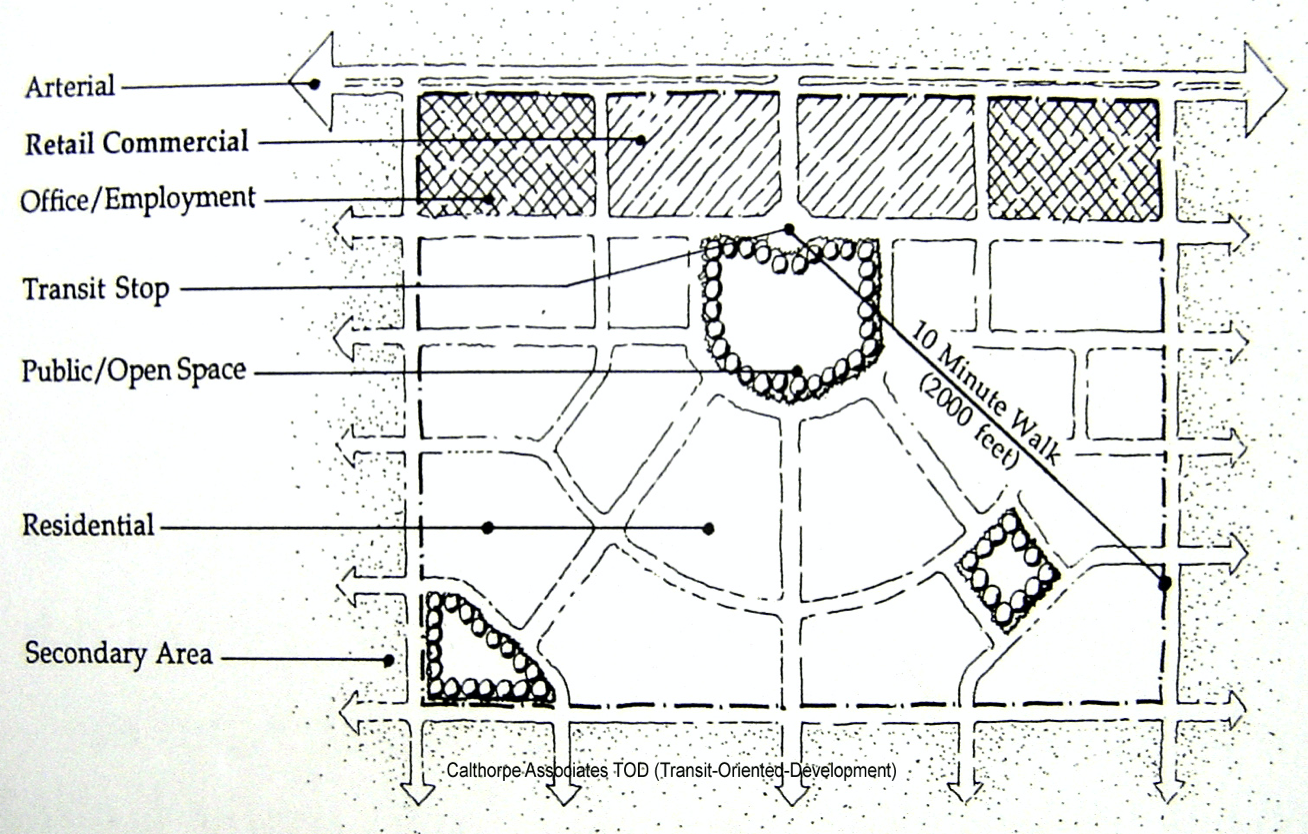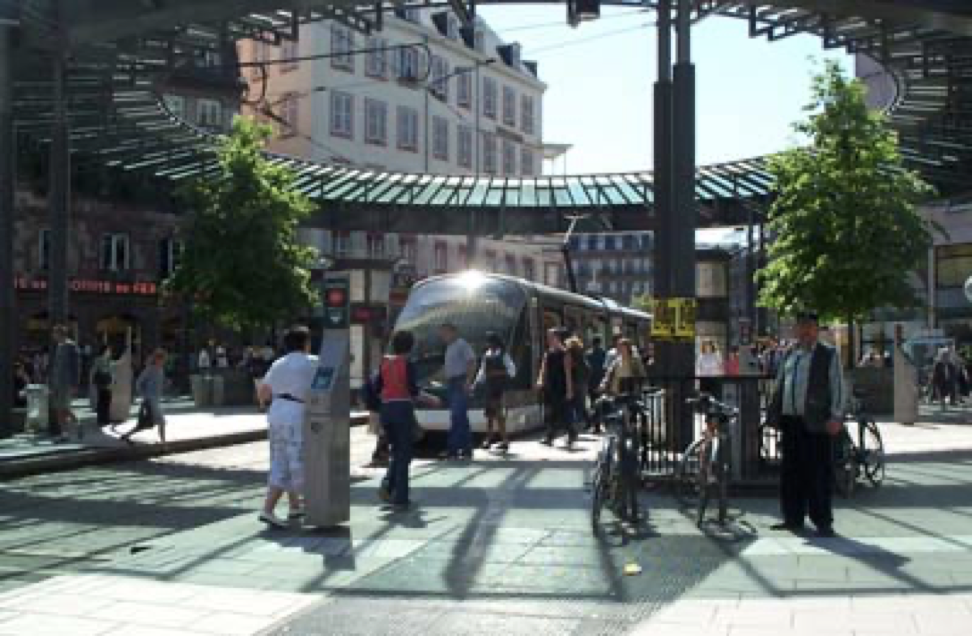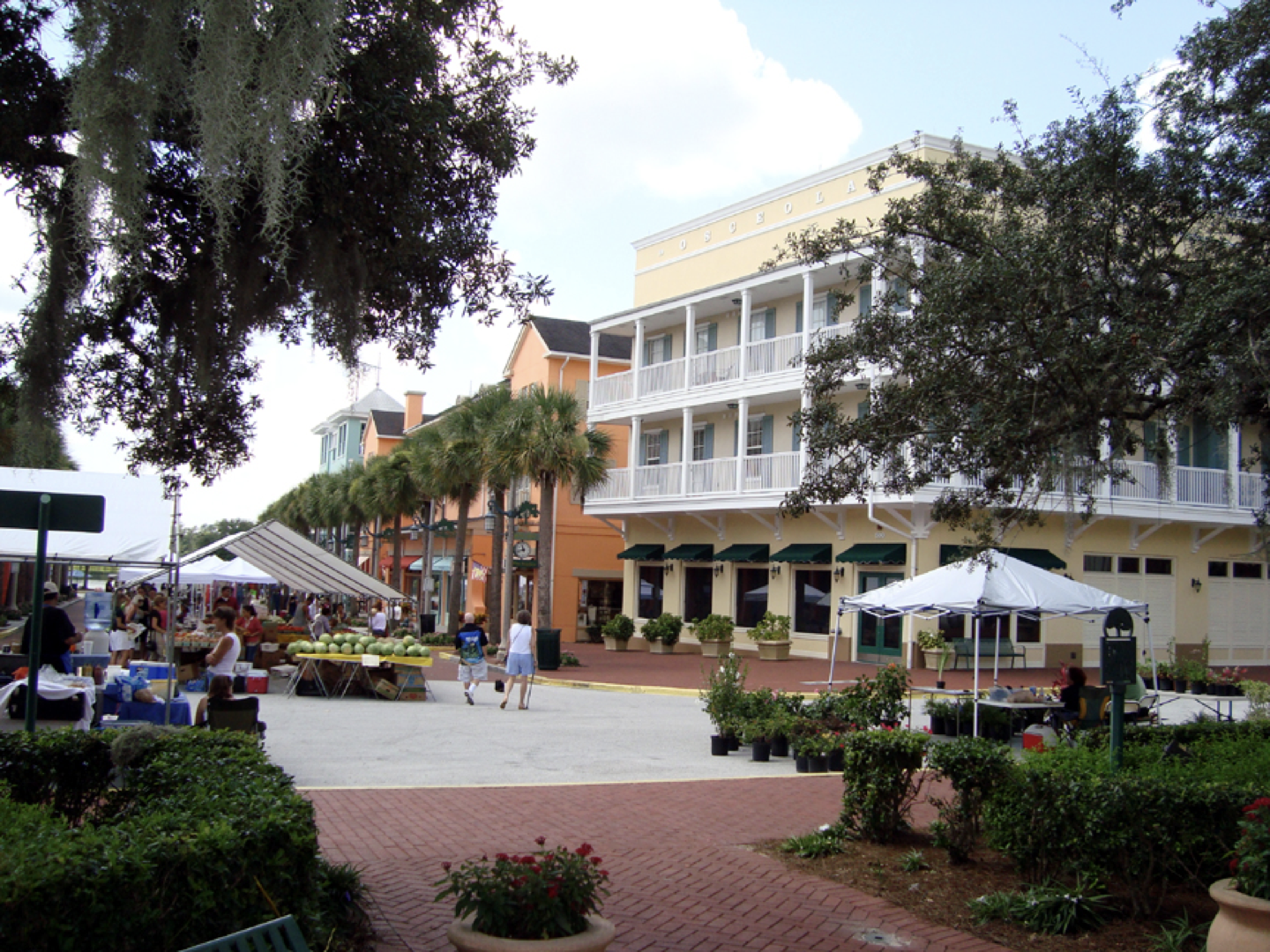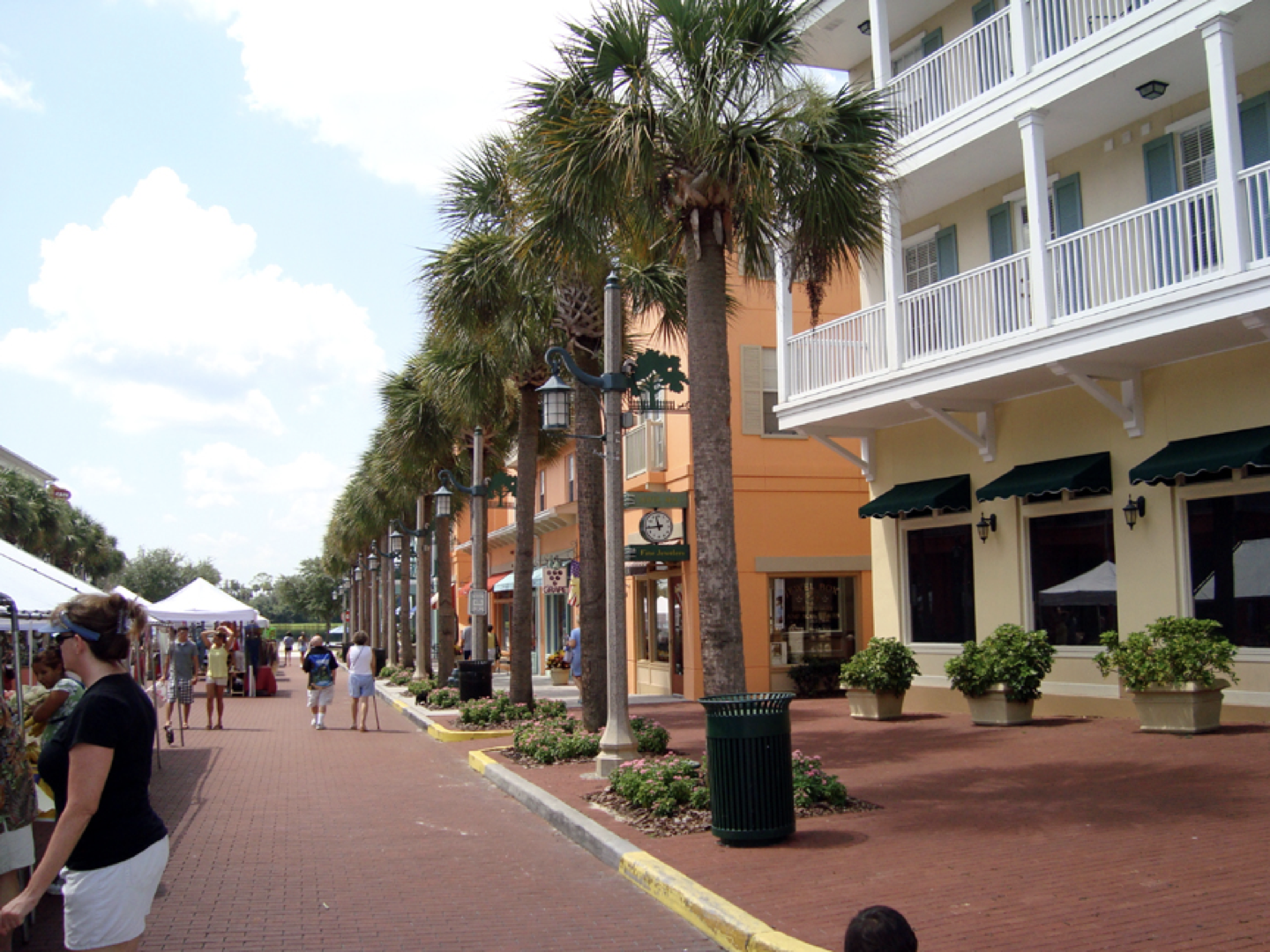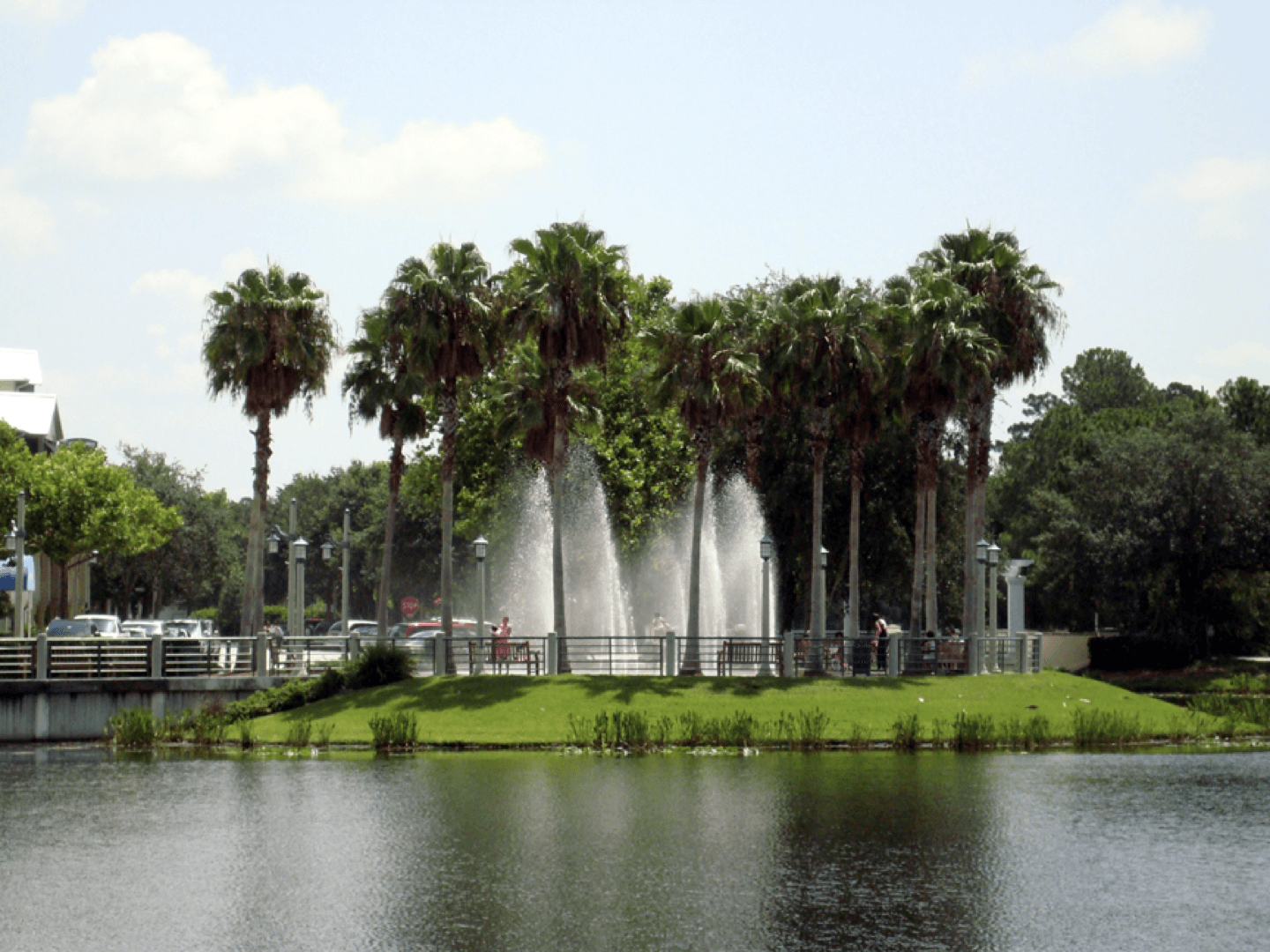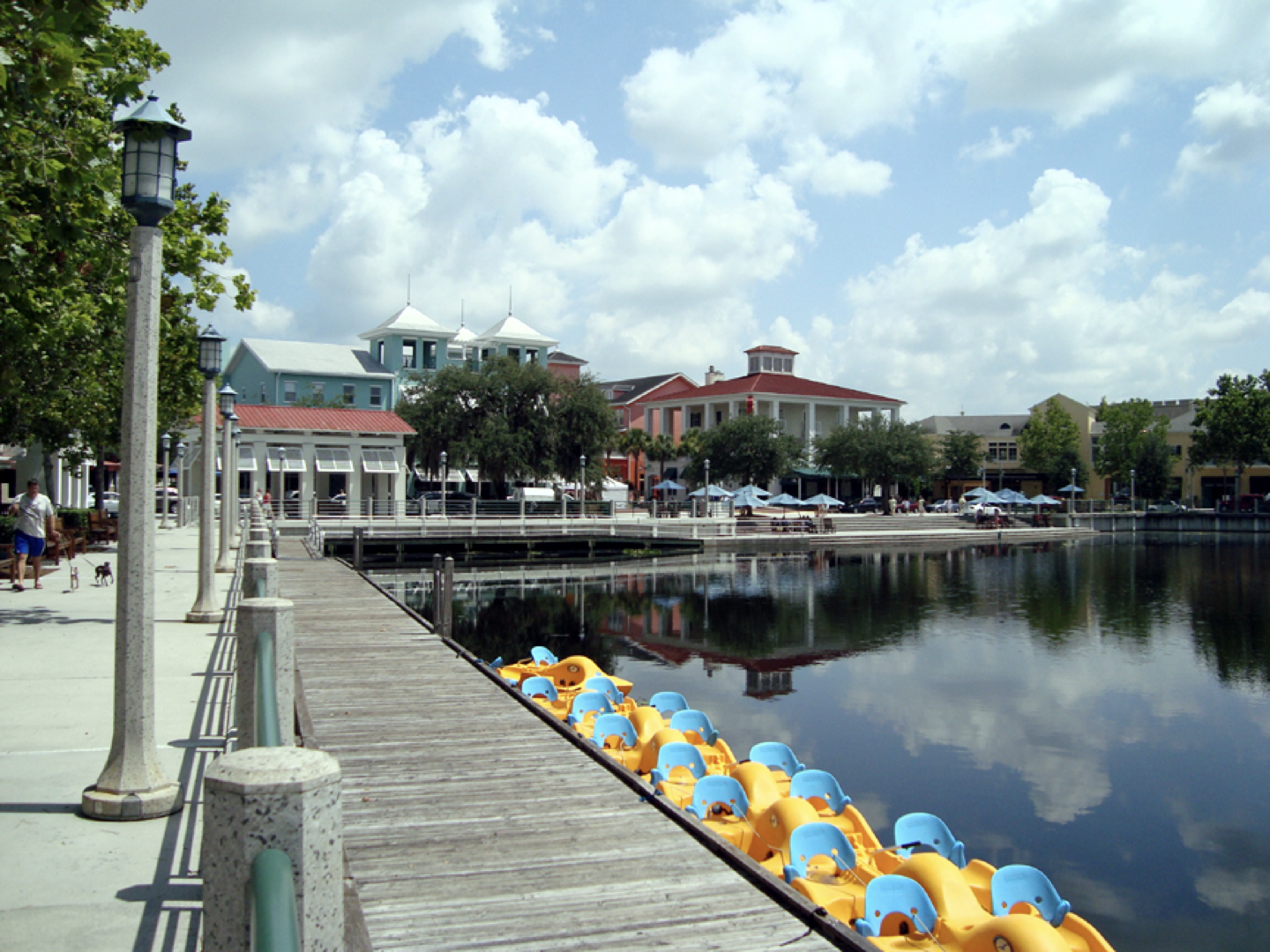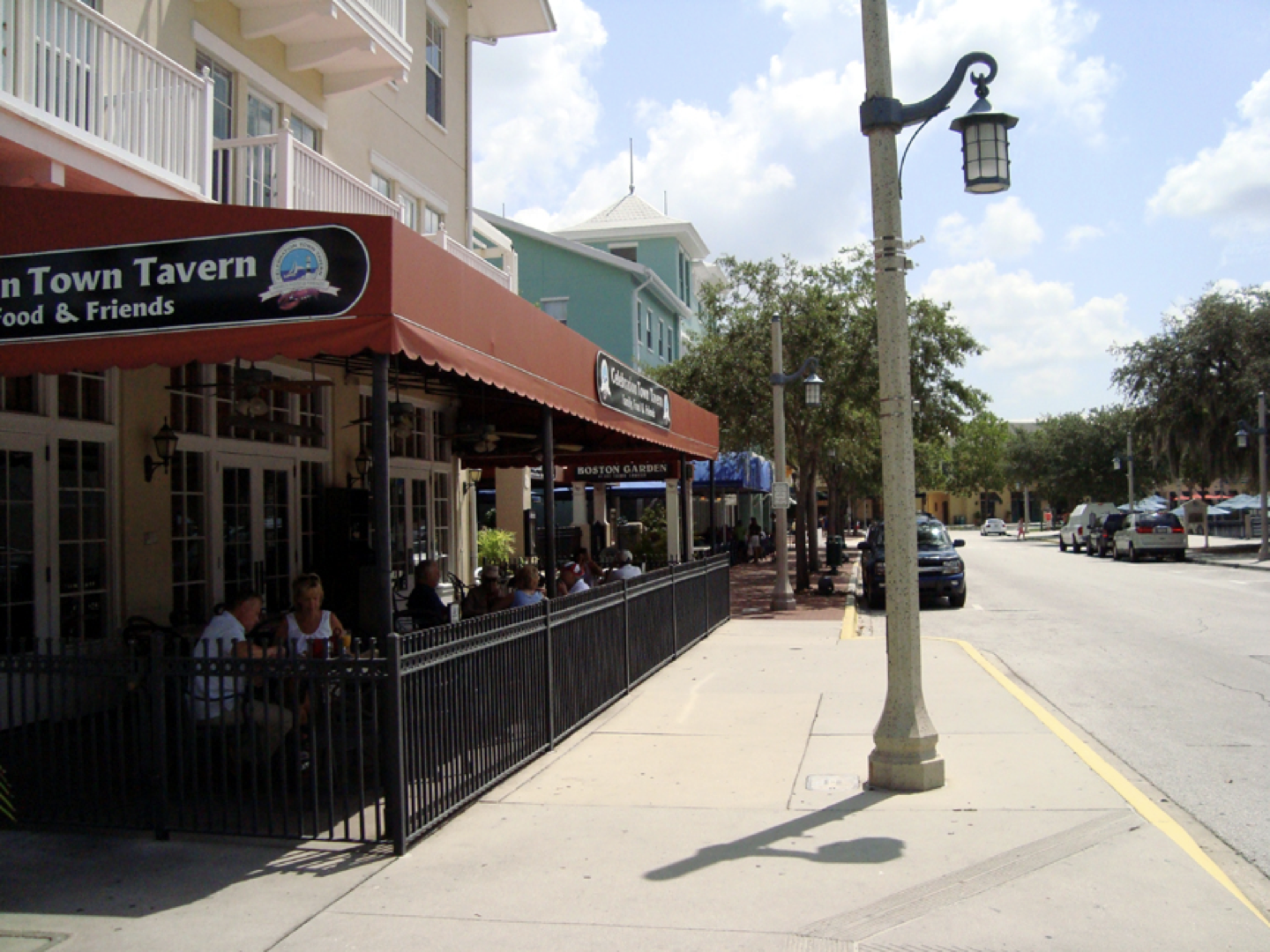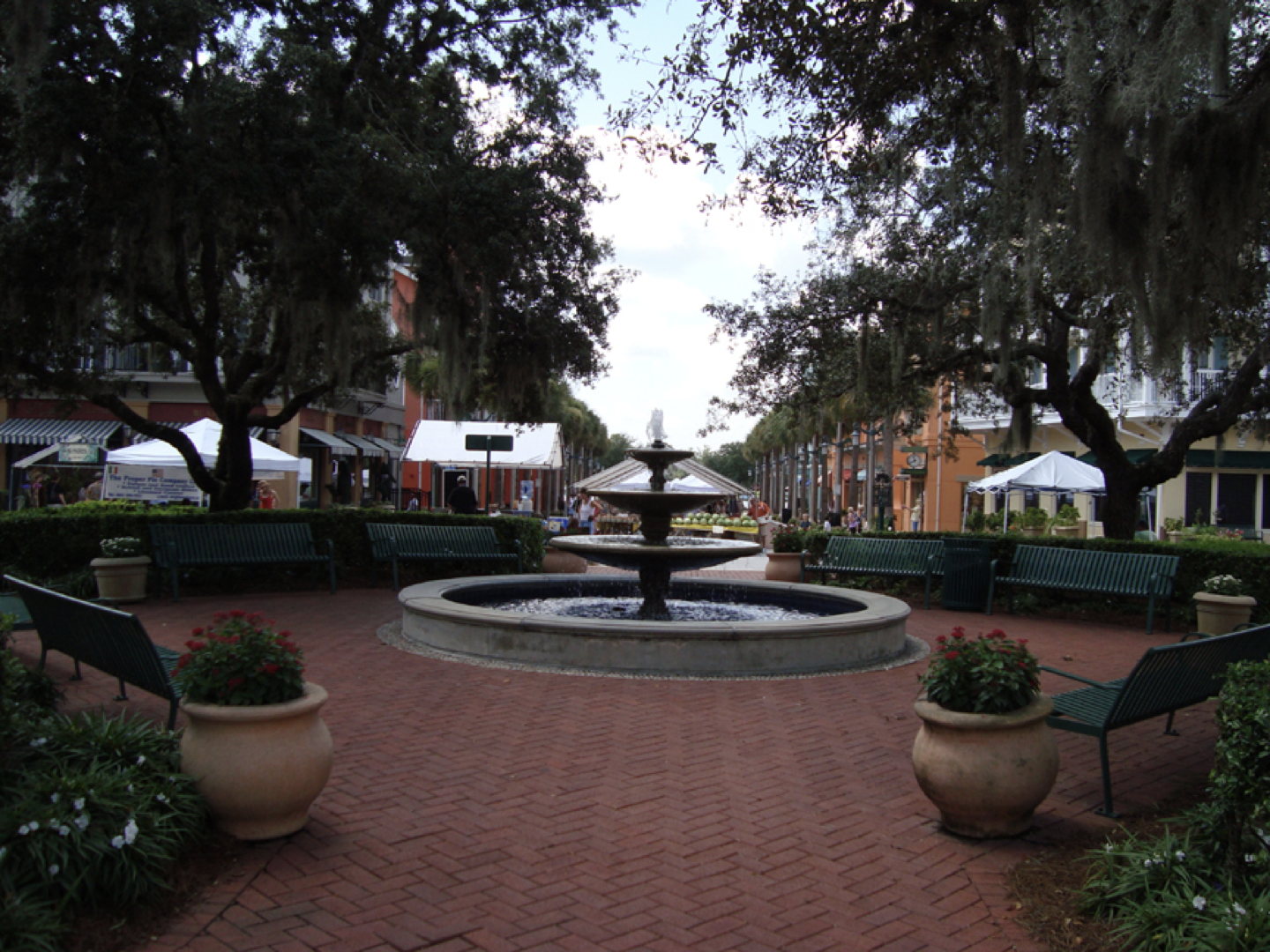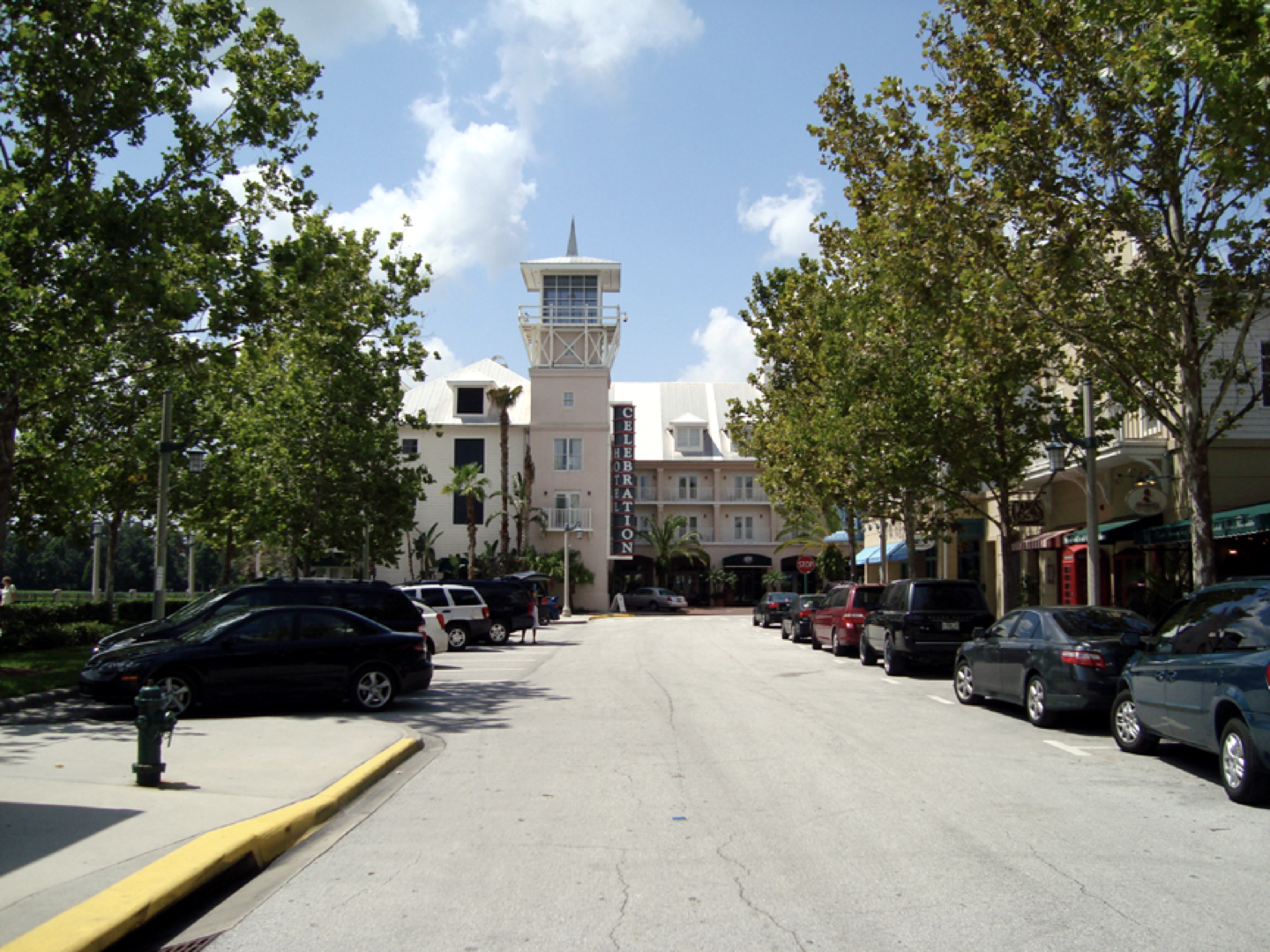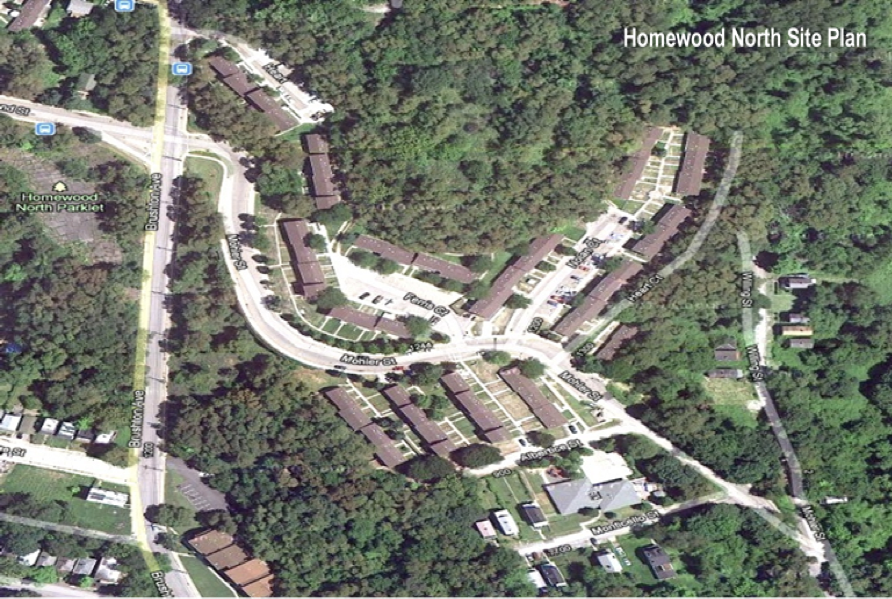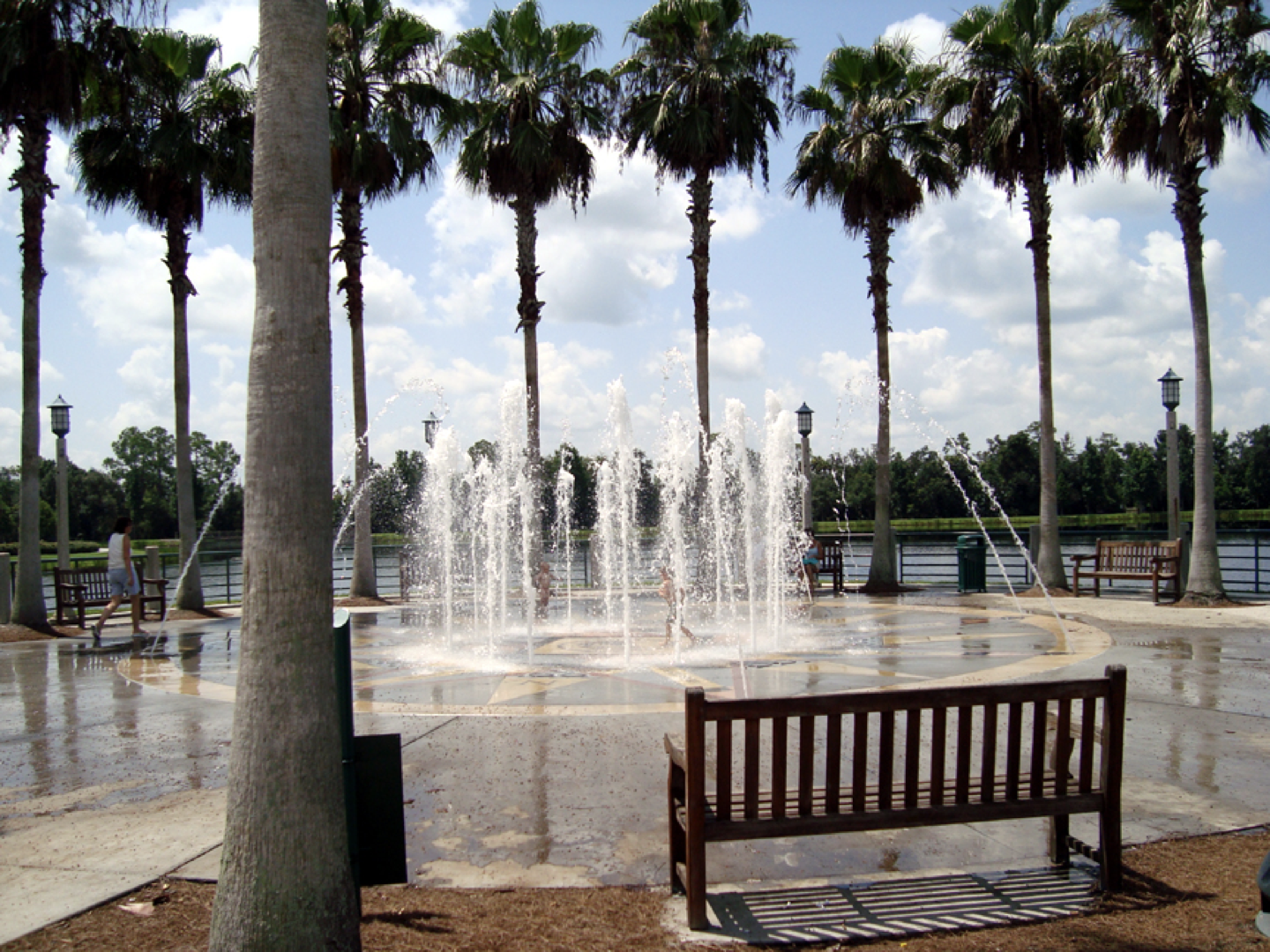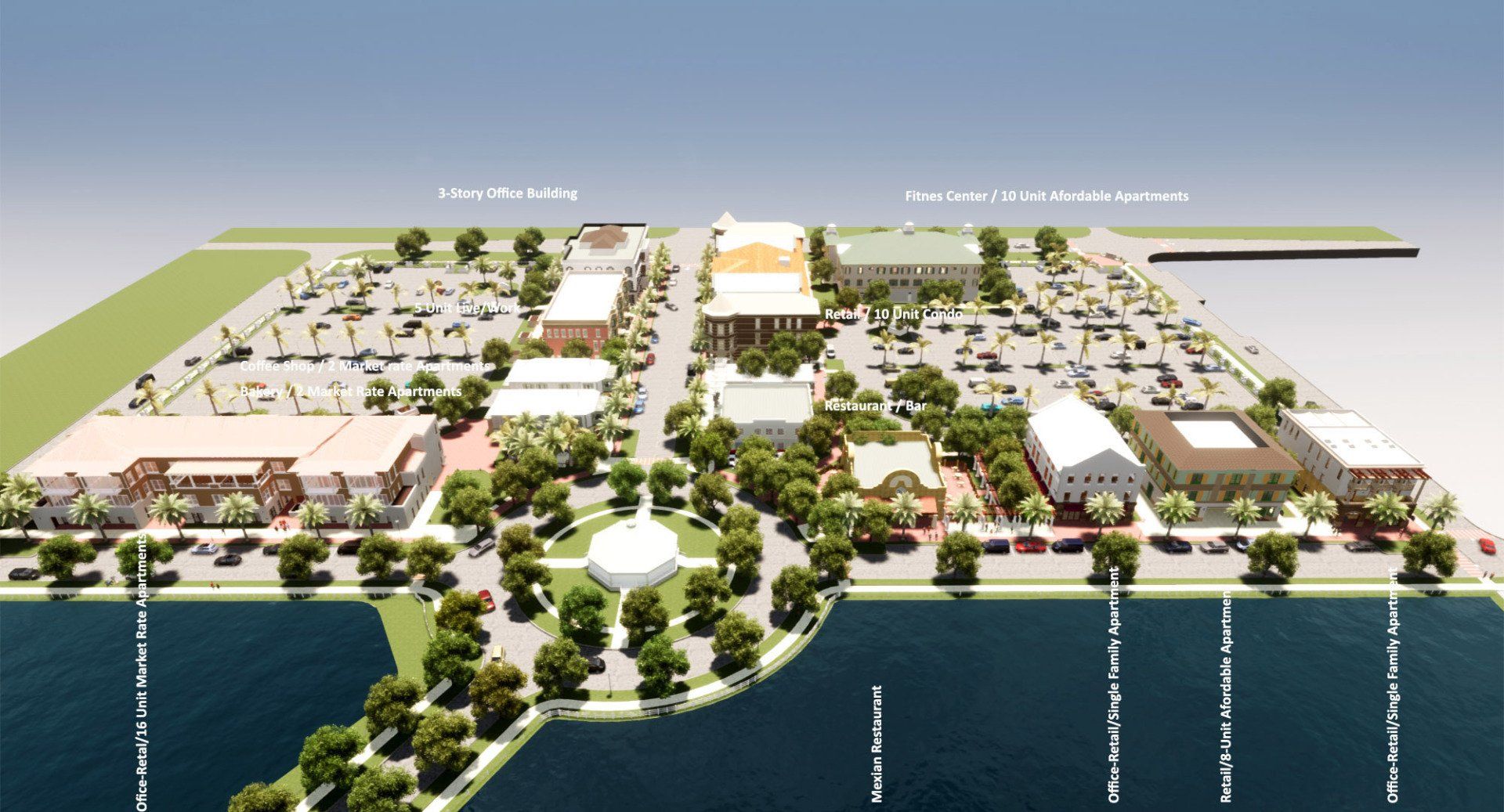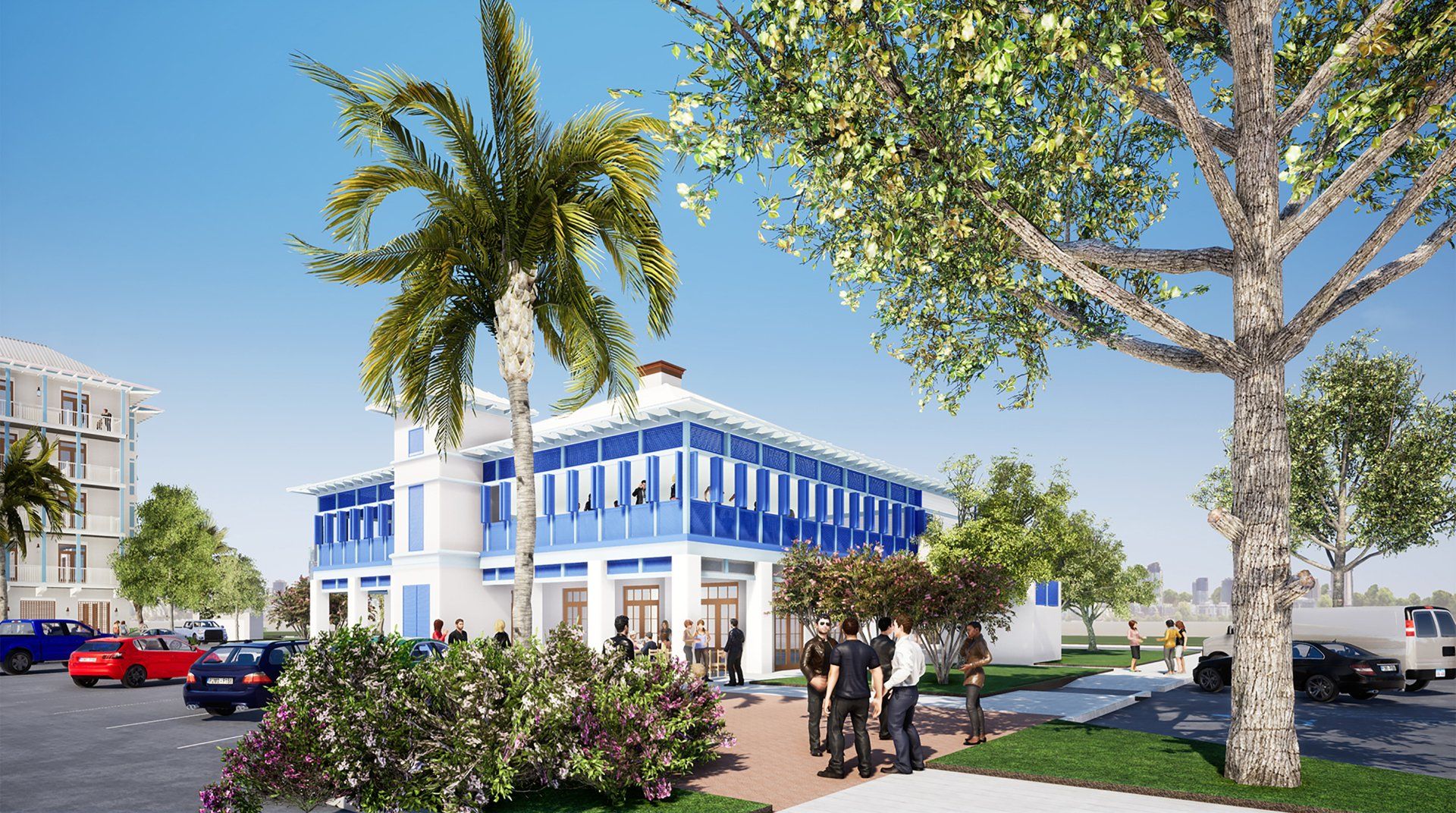Atlantica
A 50-Year Vision for the Treasure Coast
AIA Blueprint for America: AIA Treasure Coast chapter, Greg Burke, Co-Chair, 2008
The Atlantica urban design project was completed by the AIA Treasure Coast as part of the national AIA's Nationwide community service program “Blueprint for America: A Gift to the Nation.” Across the country, local AIA chapters participated in the program to develop long-term planning projects for their local communities.
AIA architects and members in more than 160 communities participated in Blueprint initiatives, working with community engagement in a collaborative process and using quality design as keys to improving a community’s livability. Mr. Burke co-chaired the AIA Treasure Coast design team with fellow chapter member Ron Johnson.
The Blueprint initiatives were developed as gifts from the local AIA chapter members around the country to their own communities, and the members’ participation in the initiative was provided pro bono.
ATLANTICA - THE CHALLENGE
Atlantica is the name given to the area more commonly known as Florida's Treasure Coast, consisting of three counties (Martin, Indian River, and St. Lucie) and four cities (Stuart, Fort Pierce, Port St. Lucie, and Vero Beach. It is one of several Community Management Districts chartered by the state of Florida to assure efficient use of tax funds and energy / ecology resources for a specific geo-physical area of the state having common lifestyle characteristics.
The Treasure Coast Regional Planning Council expanded the plan for “Atlantica” to encompass the seven southernmost counties on the Atlantic Coast.
The "old economy" of th region was on the decline, with agriculture leading the way. Tourism was hurt by hurricanes along with the high cost of fuel and flights for travel, and increasing rental costs. Construction slowdowns meant the related workforce had left the area. The old model was not sustainable; a new model was needed for the area.
This project was started in 2008. In the midst of a national economic crisis, the realities facing the Atlantica region were daunting:
- Real Estate speculators were gone. Developments stalled or shut down completely
- The Real Estate "Sellers Market" quickly became a "Buyers Market" but without the buyers
- Real Estate values decreased
- Rising taxes and insurance rates, and record high fuel costs deterred new residents and tourists, while existing residents left the area
- Sales tax and Real Estate tax collections were significantly reduced
- Many any residents feared the ongoing impact of urban sprawl and were demanding more land preservation
- Citrus industry was declining and landowners wanted to cash in
- The high-season/low-season economy of boom and bust left businesses failing to survive year-round and doomed in the crisis
- Students went away to college and did not return, pursuing greater opportunities in other areas
- A low – and steadily declining – portion of population was Middle Class and Middle Age
Developing a plan for a sustainable future for the region was challenging to say the least.
THE CONCEPT
The AIA Treasure Coast team identified five major goals for a sustainable future for Atlantica and worked to develop a regional plan that would support success in achieving each of these goals:
- A High Percentage of Regenerative Land Preservation
- Quality Economic Development
- Quality Community Development
- Energy Efficiency
- Sustainability (Energy, Environment, Fiscal)
Key elements within these goals included an Urban Plan that would provide for and support “Best of Class” University Level Education and “World Class” Eco–Tourism , along with a Regional Air Transportation Business Center and Transit Oriented Development (TOD). Compact and connected, walkable communities would provide for a "Live, Work, Play and Stay" Lifestyle, while alternative energy sources would be key to achieving Carbon Neutral Buildings by 2030 .
The long-term Sustainability Goals touched on every aspect of community livability and included Environmental, Energy, Emergency, Electronic, Educational, and Economic Sustainability.
- Designate “Land Preservation Areas”
- Aggressively Pursue “Creative Class” Type Businesses & "Best of Class" University Level Education
- Develop Long Range Regional Transportation Plan
- Adopt Compact Walkable Communities Concepts
- Set Energy Efficiency Goals



